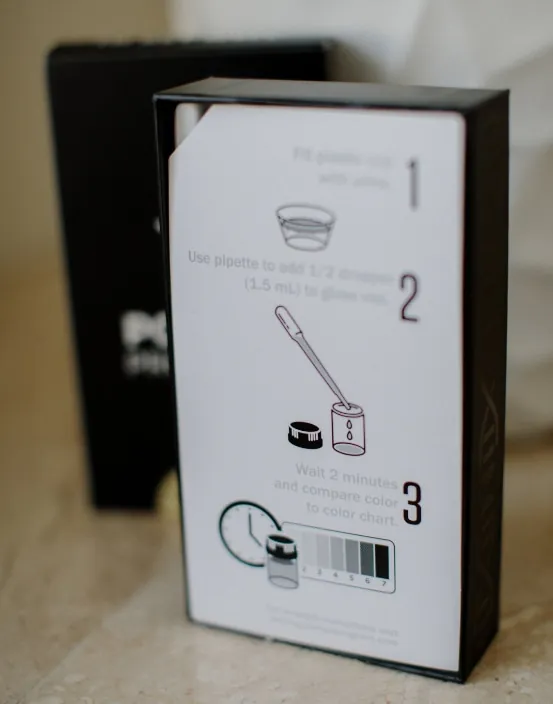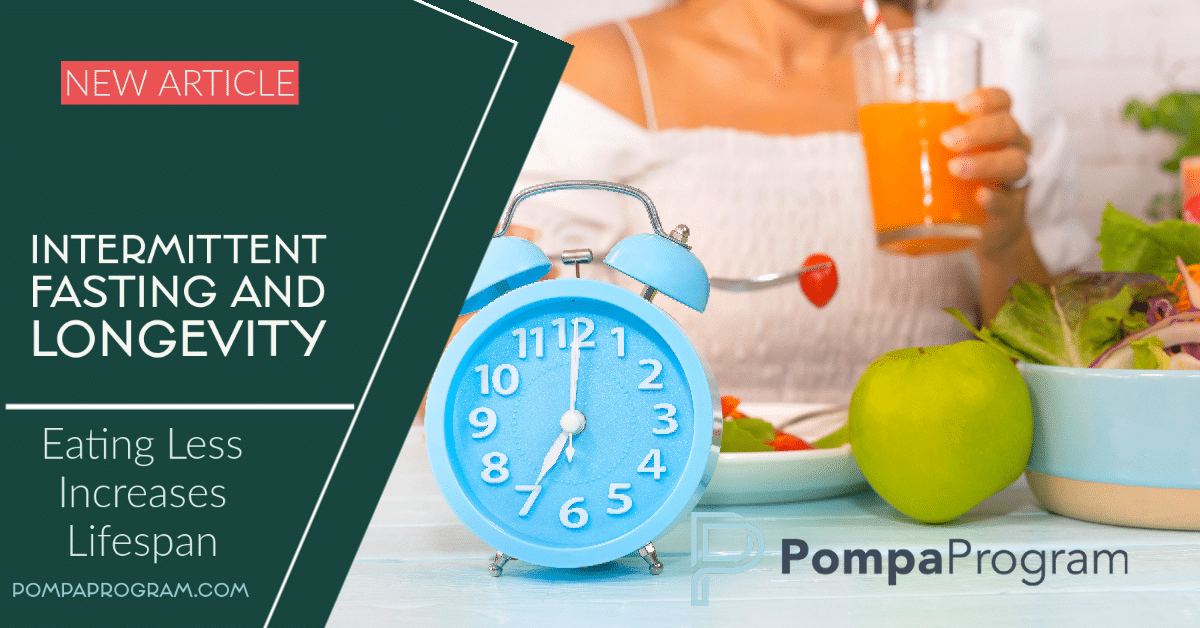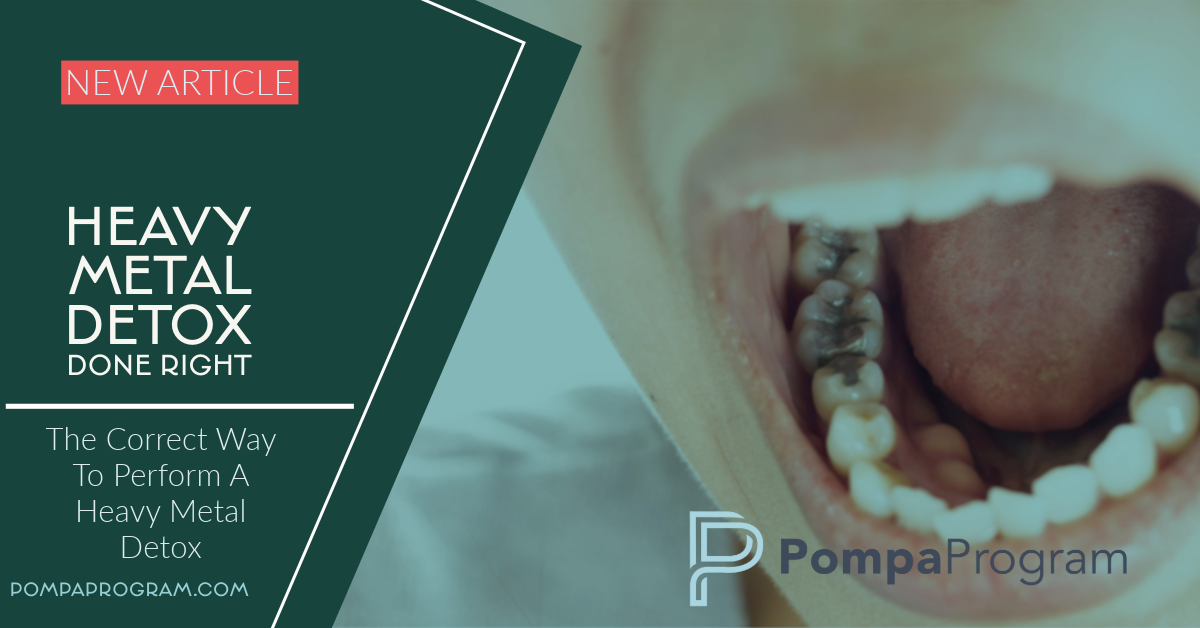How Much Is The Pompa Program

The Programa de Modernización del Parque Automotor, often referred to as the Pompa Program, has recently drawn considerable attention in Argentina, primarily surrounding its funding and overall cost. Pinpointing the exact total cost of the program proves complex, with figures varying depending on the source and the scope of activities included in the calculation.
At its core, the Pompa Program aims to modernize Argentina’s aging transportation sector by offering incentives for the replacement of older vehicles with newer, more efficient models. Its significance lies in its potential to reduce emissions, improve road safety, and stimulate economic activity in the automotive industry.
Understanding the Program's Scope
The Pompa Program, officially launched in [Insert Official Launch Date if available, otherwise omit], is a multi-faceted initiative designed to revitalize the country's aging vehicle fleet. The program primarily focuses on offering financial incentives, such as subsidies and tax breaks, to encourage individuals and businesses to retire older, less fuel-efficient vehicles and purchase new ones.
The Argentine Ministry of Transportation oversees the program's implementation, working in conjunction with various stakeholders, including automotive manufacturers, dealerships, and financial institutions. The geographical scope initially focused on [Specify Initial Regions, if available], but has since expanded to include most major urban centers across the country.
The initiative targets a broad range of vehicles, from passenger cars and trucks to buses and agricultural machinery. Specific eligibility criteria vary depending on the type of vehicle and the region, but generally include factors such as vehicle age, emissions standards, and usage patterns.
Dissecting the Cost: Direct Subsidies and Tax Incentives
Calculating the precise cost of the Pompa Program is a challenging task due to the complexity of its funding mechanisms. A significant portion of the budget is allocated to direct subsidies provided to individuals and businesses who participate in the program.
These subsidies typically cover a percentage of the cost of a new vehicle, offsetting the financial burden for those replacing older models. The amount of the subsidy varies depending on several factors, including the type of vehicle being replaced, the new vehicle's fuel efficiency, and the applicant's income level.
In addition to direct subsidies, the program incorporates various tax incentives designed to encourage participation. These incentives may include reduced import duties on new vehicles, exemptions from certain taxes, or accelerated depreciation schedules for businesses investing in new equipment.
Estimates and Official Statements
Official figures regarding the total cost of the Pompa Program are often presented in budget proposals and government reports. However, these figures can be difficult to interpret due to the inclusion of various related expenditures and the exclusion of certain indirect costs.
According to a statement released by the Ministry of Economy on [Insert Date if available, otherwise omit], the initial budget allocation for the program was estimated at [Insert Amount in Argentinian Currency]. This figure primarily covered direct subsidies and administrative expenses.
Independent analyses by economic think tanks, such as [Insert Name of Think Tank if Available, otherwise omit], suggest that the total cost of the program, including indirect costs and lost tax revenue, could be significantly higher. Some estimates place the total cost in the range of [Insert Range of Estimated Costs].
Potential Impact and Challenges
The Pompa Program has the potential to generate significant benefits for Argentina's economy and environment. By encouraging the replacement of older vehicles with newer, more efficient models, the program can help to reduce emissions, improve air quality, and enhance road safety.
Furthermore, the program can stimulate demand in the automotive industry, creating jobs and boosting economic growth. However, the program also faces several challenges.
One major concern is the potential for fraud and abuse, with some individuals attempting to exploit the system by falsely claiming eligibility for subsidies. Another challenge is the sustainability of the program in the long term, given the significant financial resources required to maintain it.
A Human Perspective
For individuals like Maria Rodriguez, a taxi driver in Buenos Aires, the Pompa Program represents a chance to improve her livelihood. Her aging taxi was constantly breaking down, costing her valuable time and money.
“The subsidy helped me afford a new, more fuel-efficient taxi,” Rodriguez explained. “Now I spend less on repairs and fuel, and I can earn more money to support my family.” However, some critics argue that the program disproportionately benefits wealthier individuals and businesses who are already able to afford new vehicles.
Conclusion: A Complex Calculation
Determining the exact cost of the Pompa Program remains a complex undertaking. While official figures provide a starting point, a comprehensive assessment requires considering direct subsidies, tax incentives, indirect costs, and potential long-term impacts.
As the program continues to evolve, ongoing monitoring and evaluation will be crucial to ensuring its effectiveness and maximizing its benefits for the Argentine economy and society. The program's success hinges on transparency, accountability, and a commitment to addressing the challenges it faces.
Ultimately, the true cost of the Pompa Program will be measured not only in monetary terms but also in its impact on the environment, the economy, and the lives of ordinary Argentinians.


















